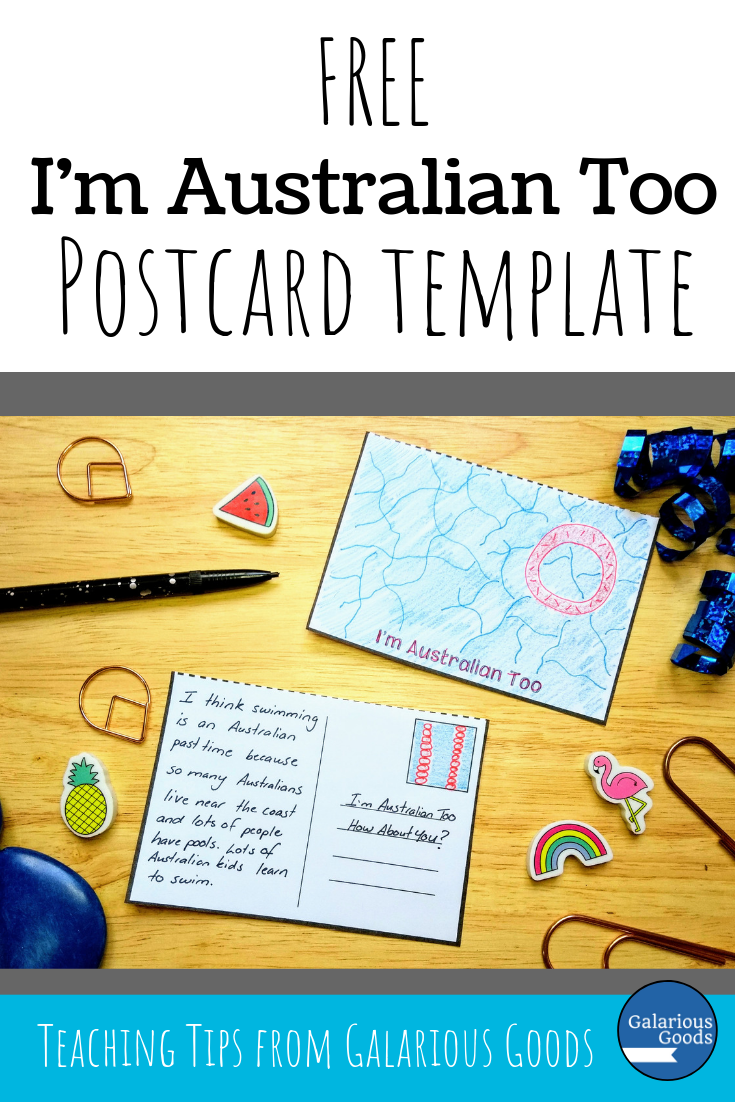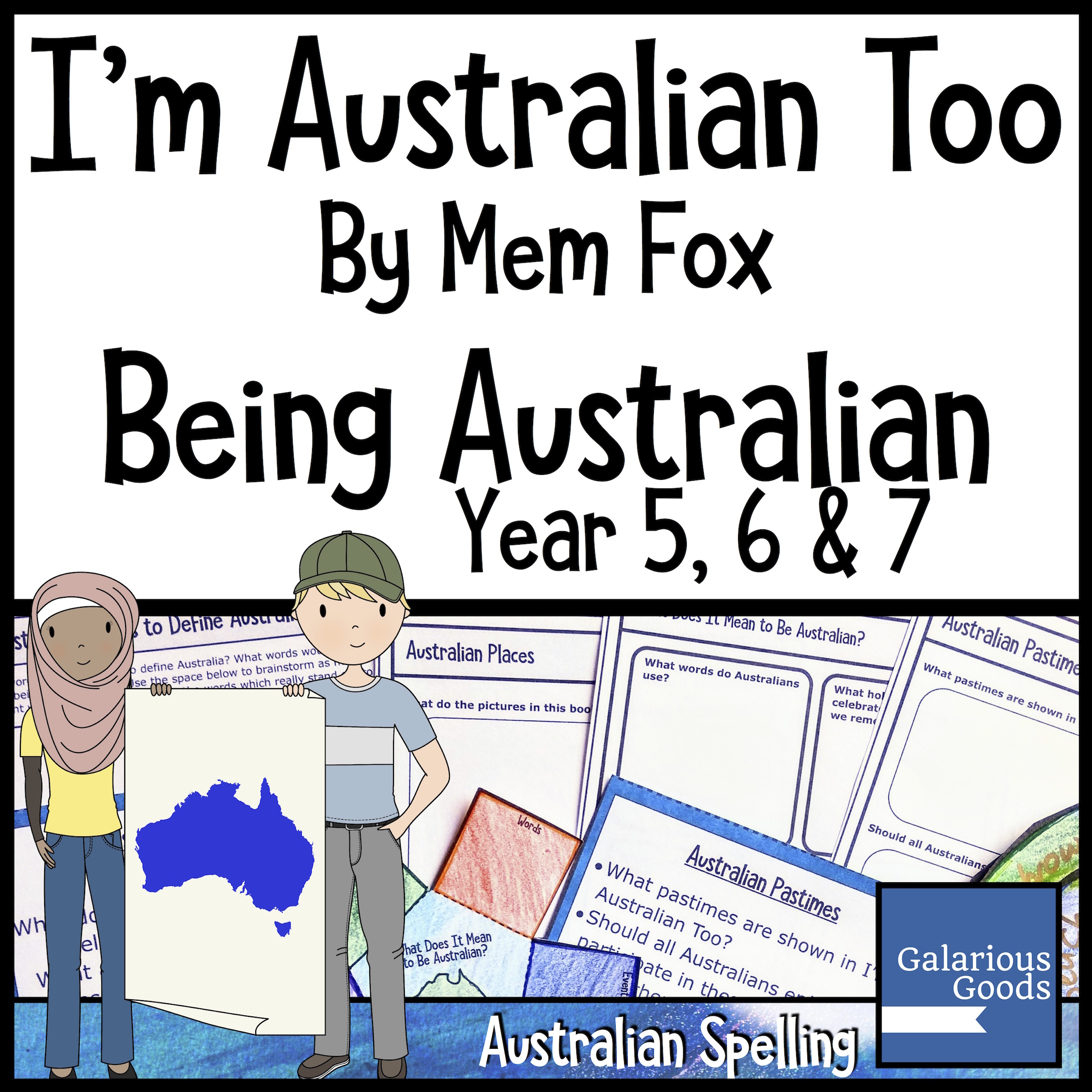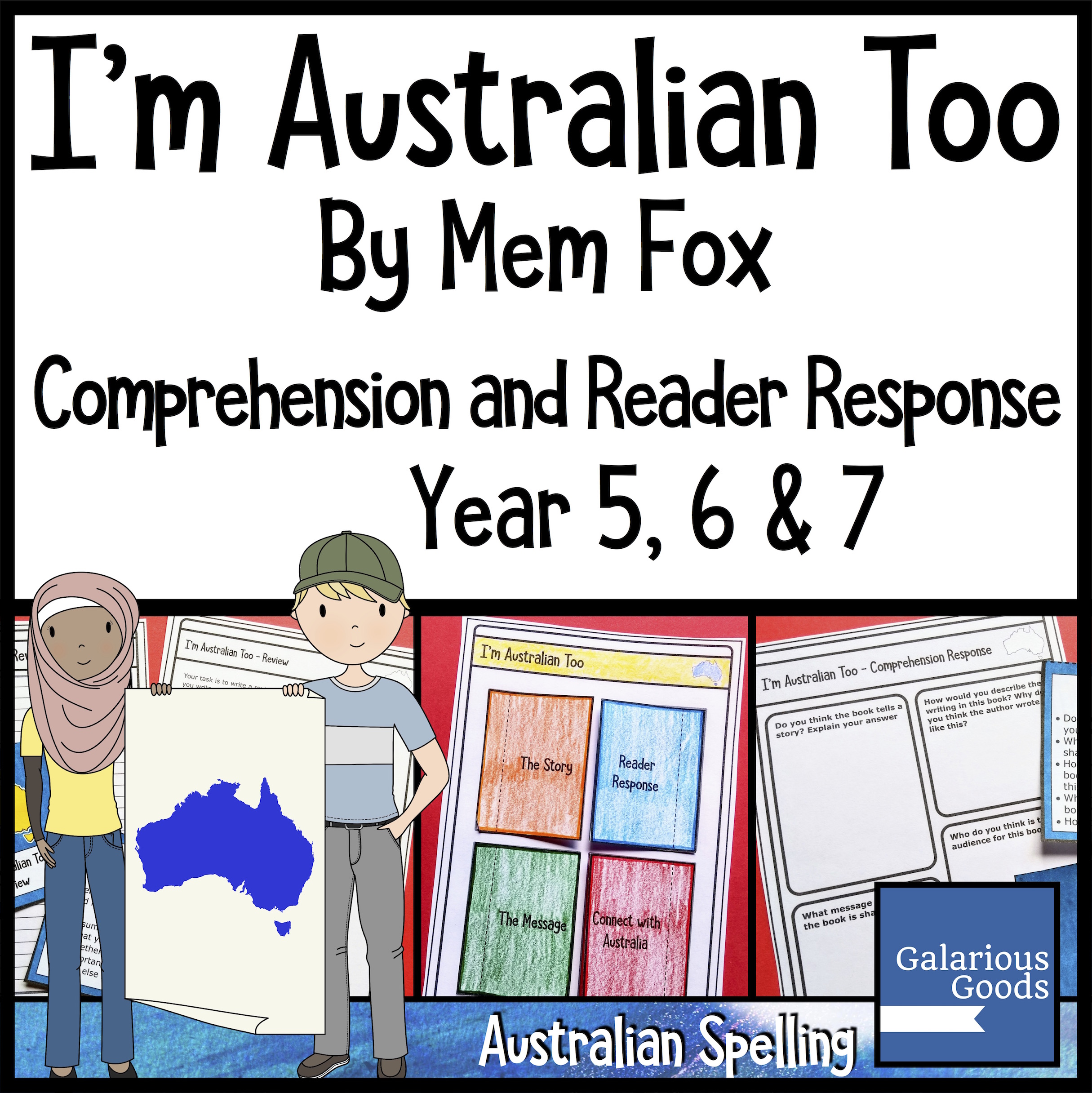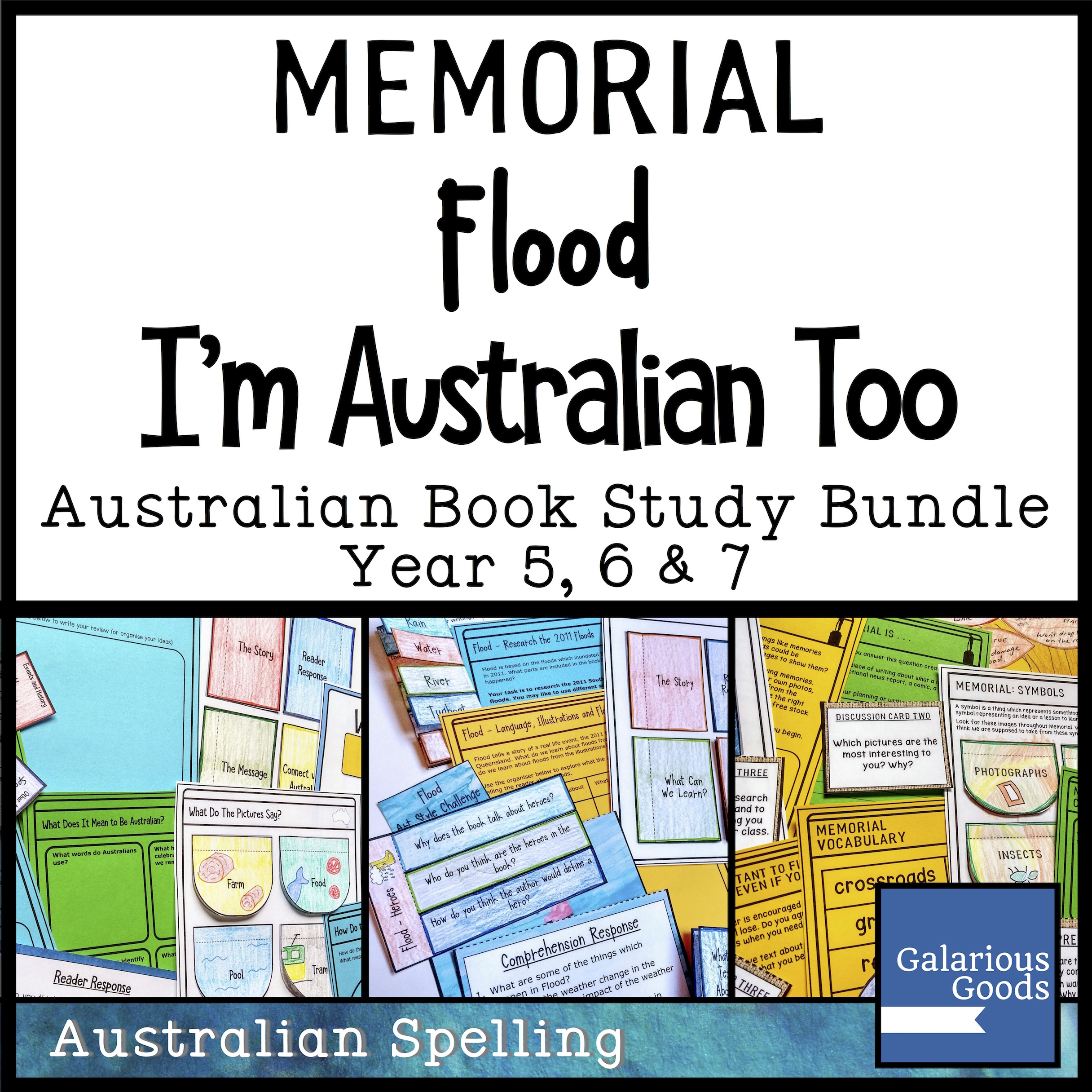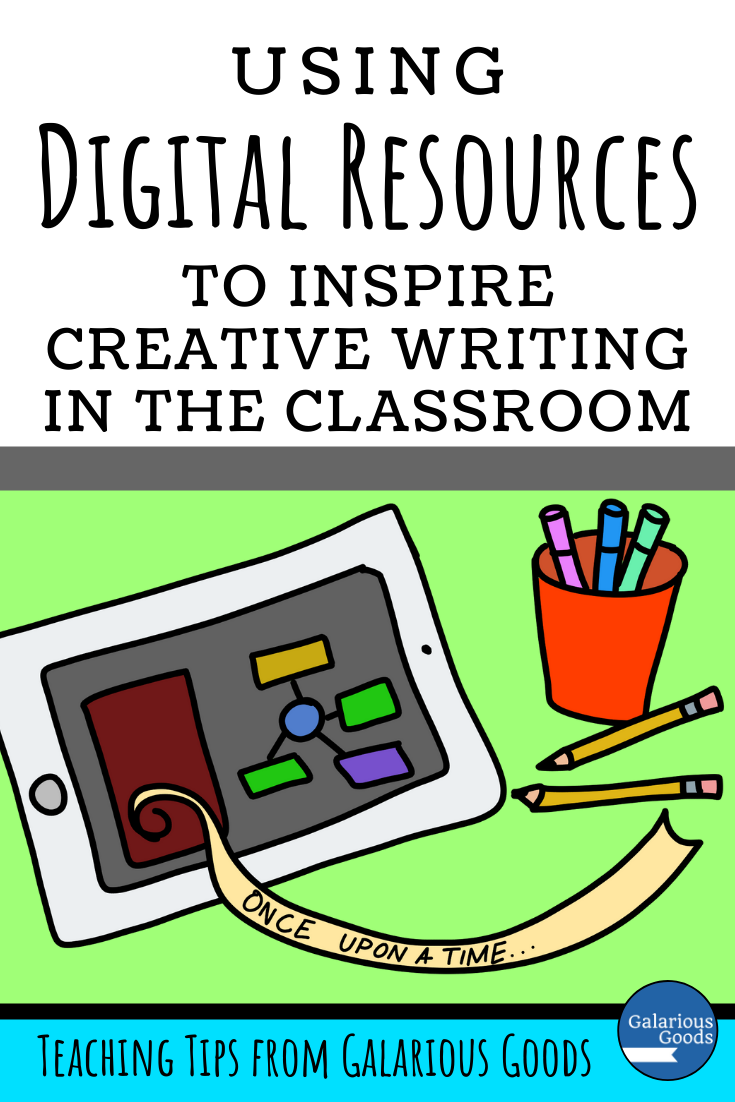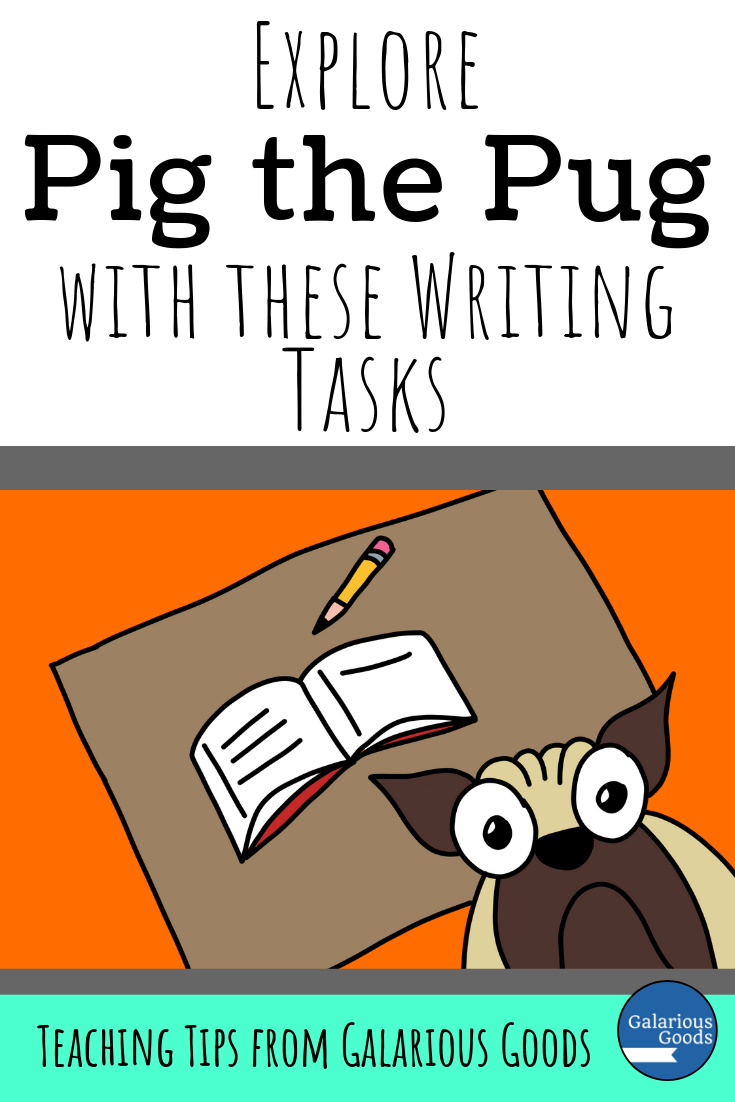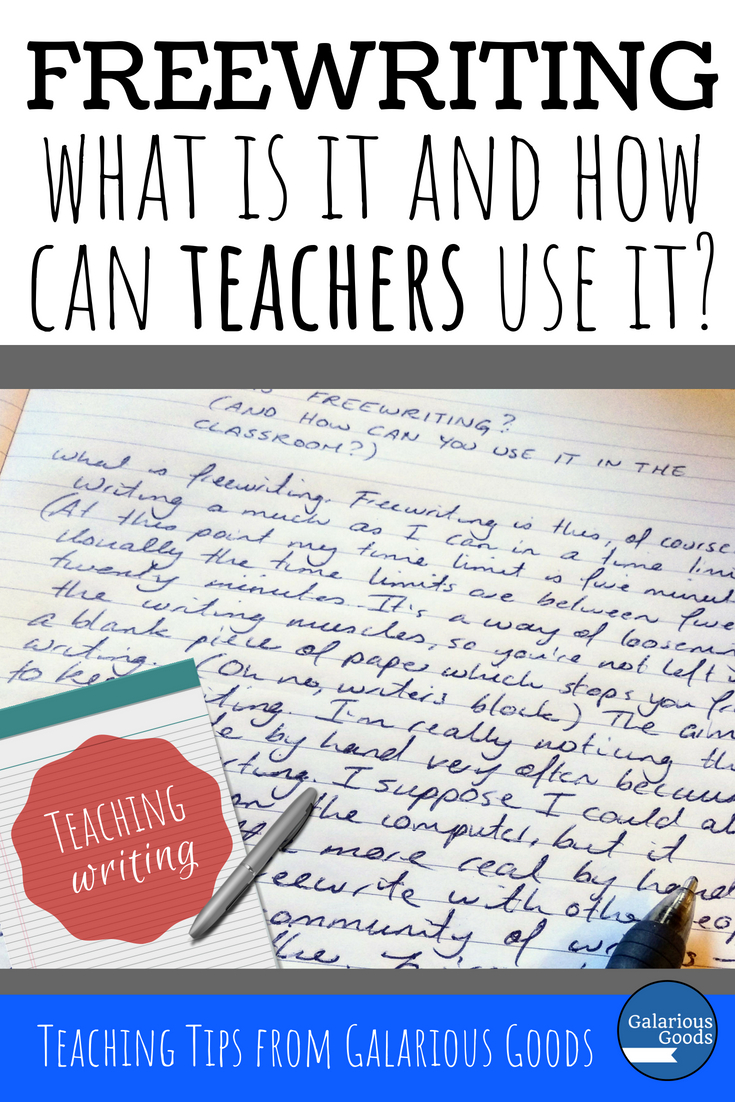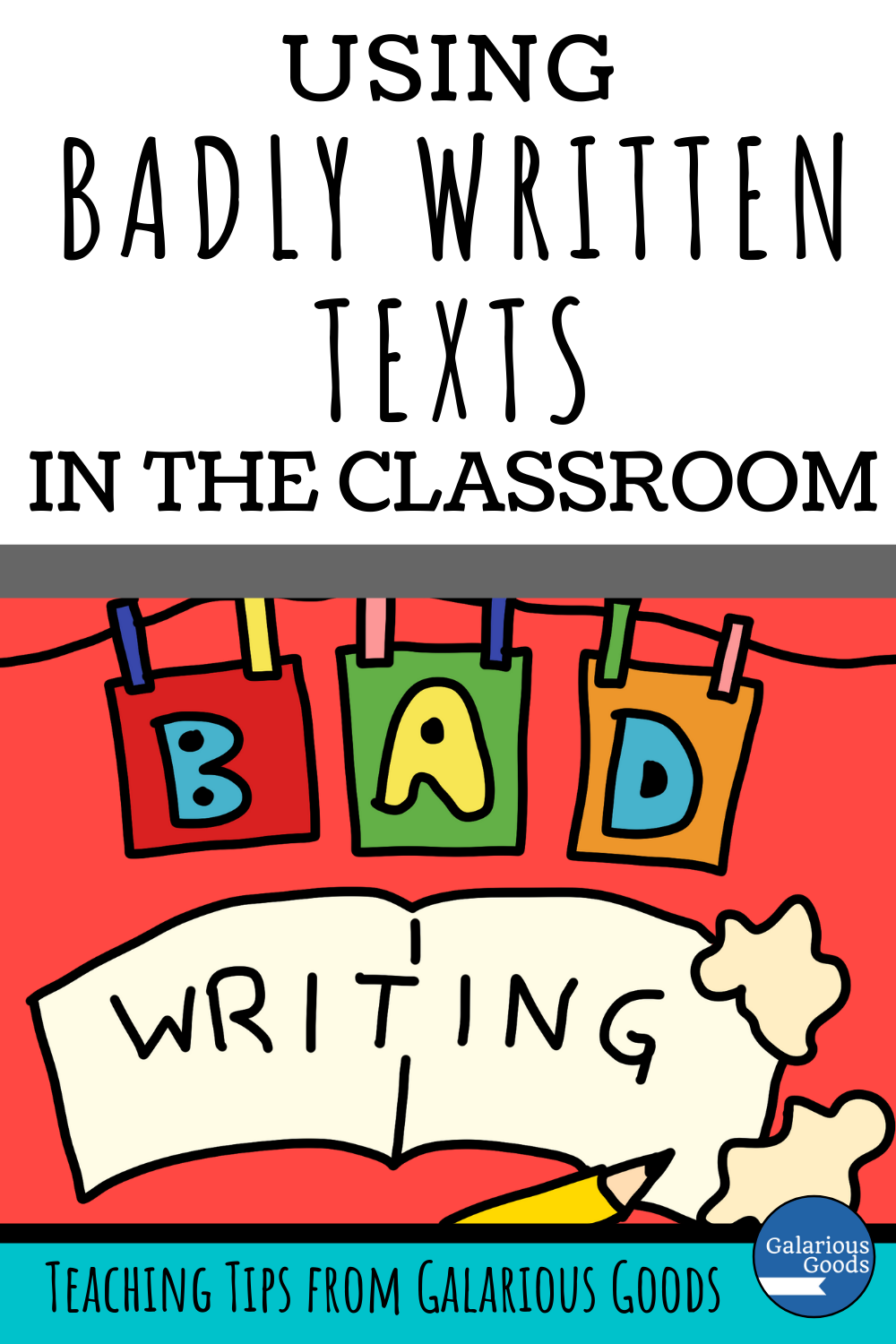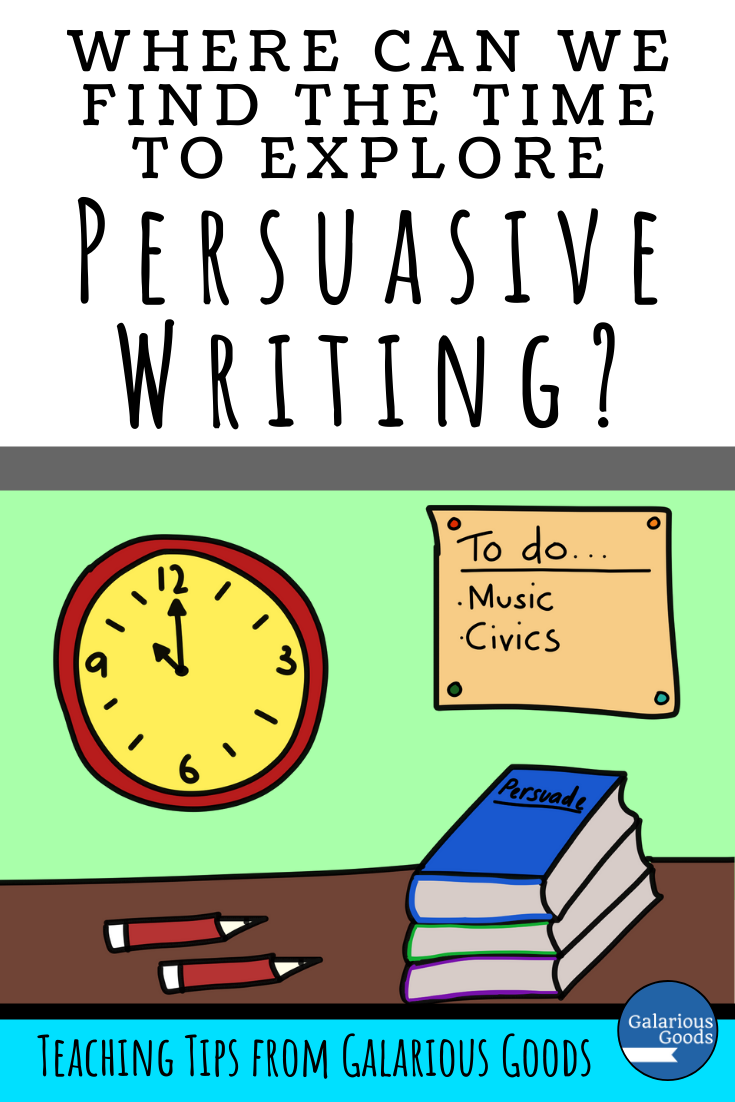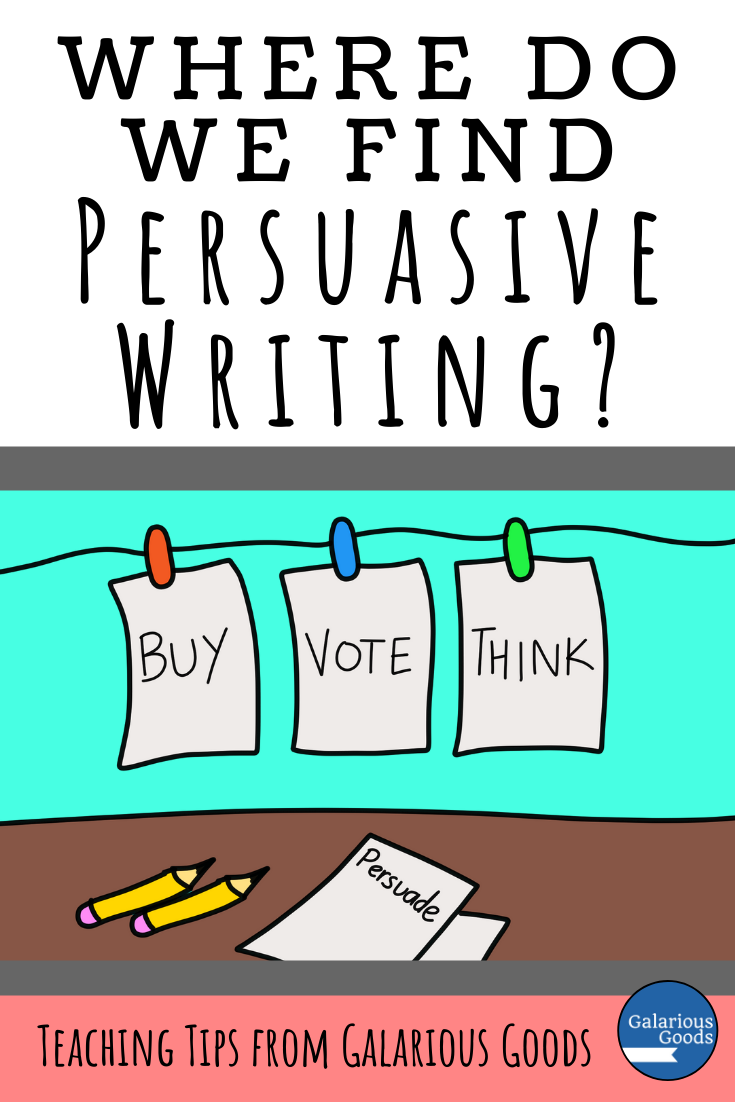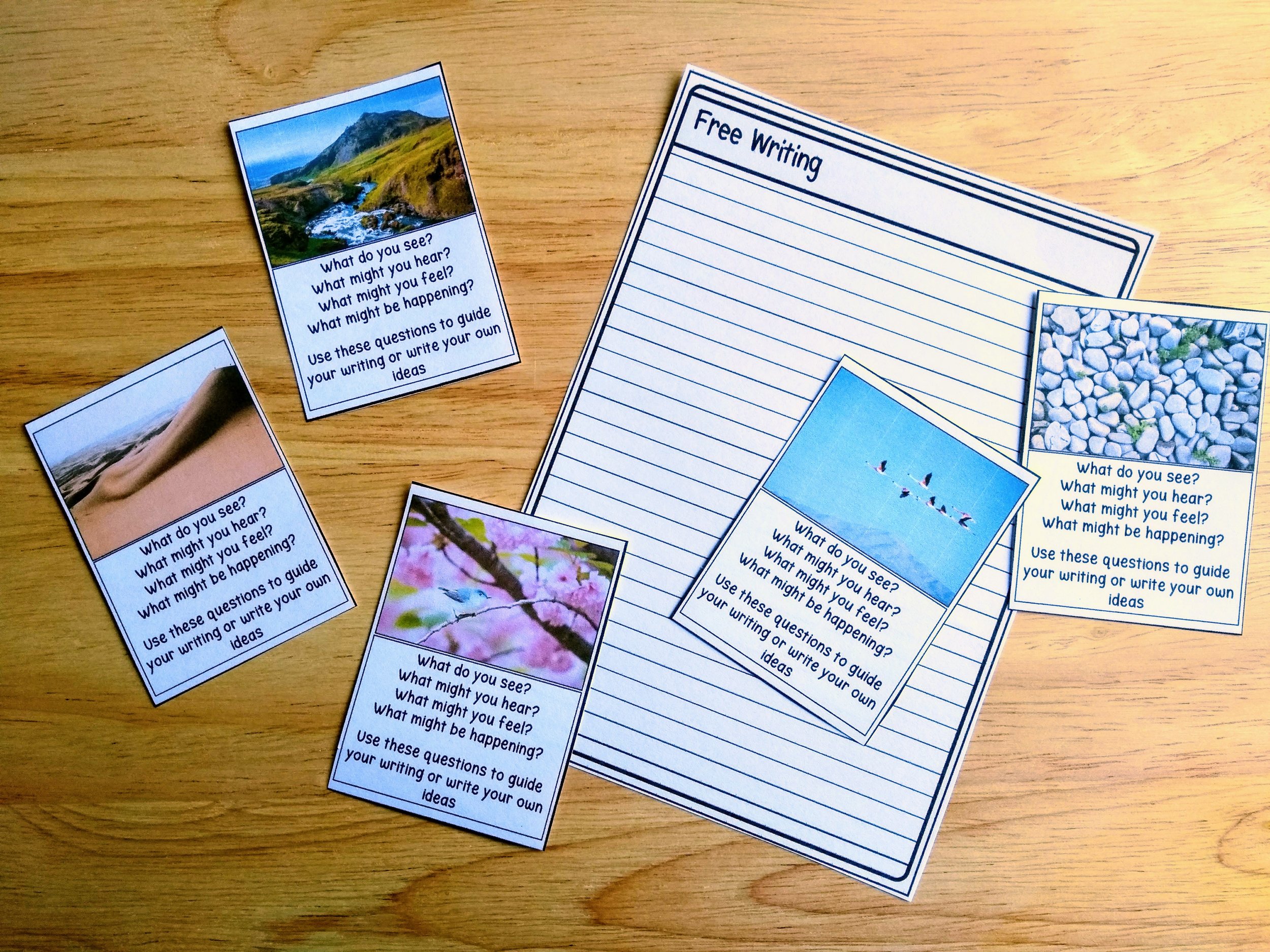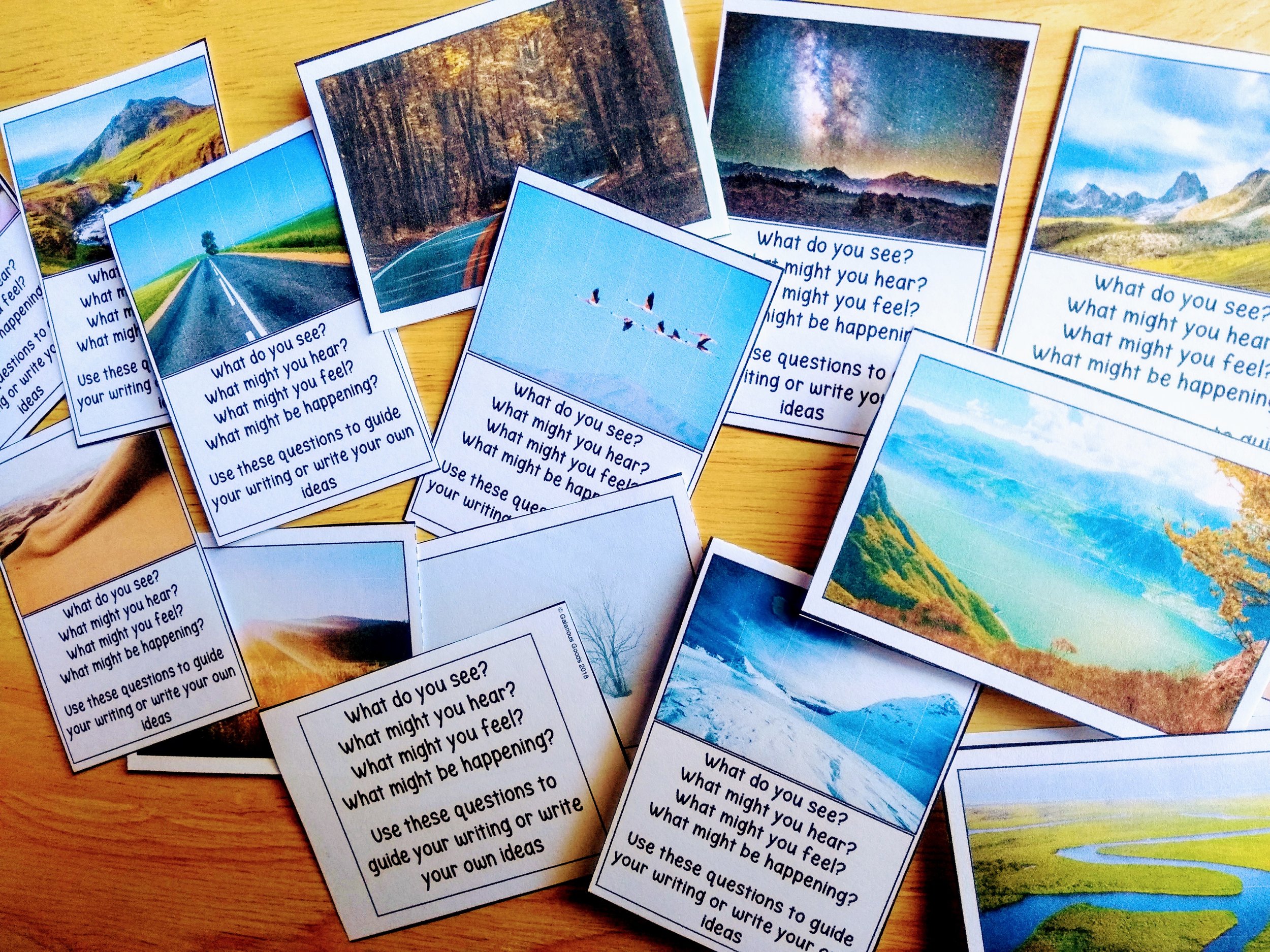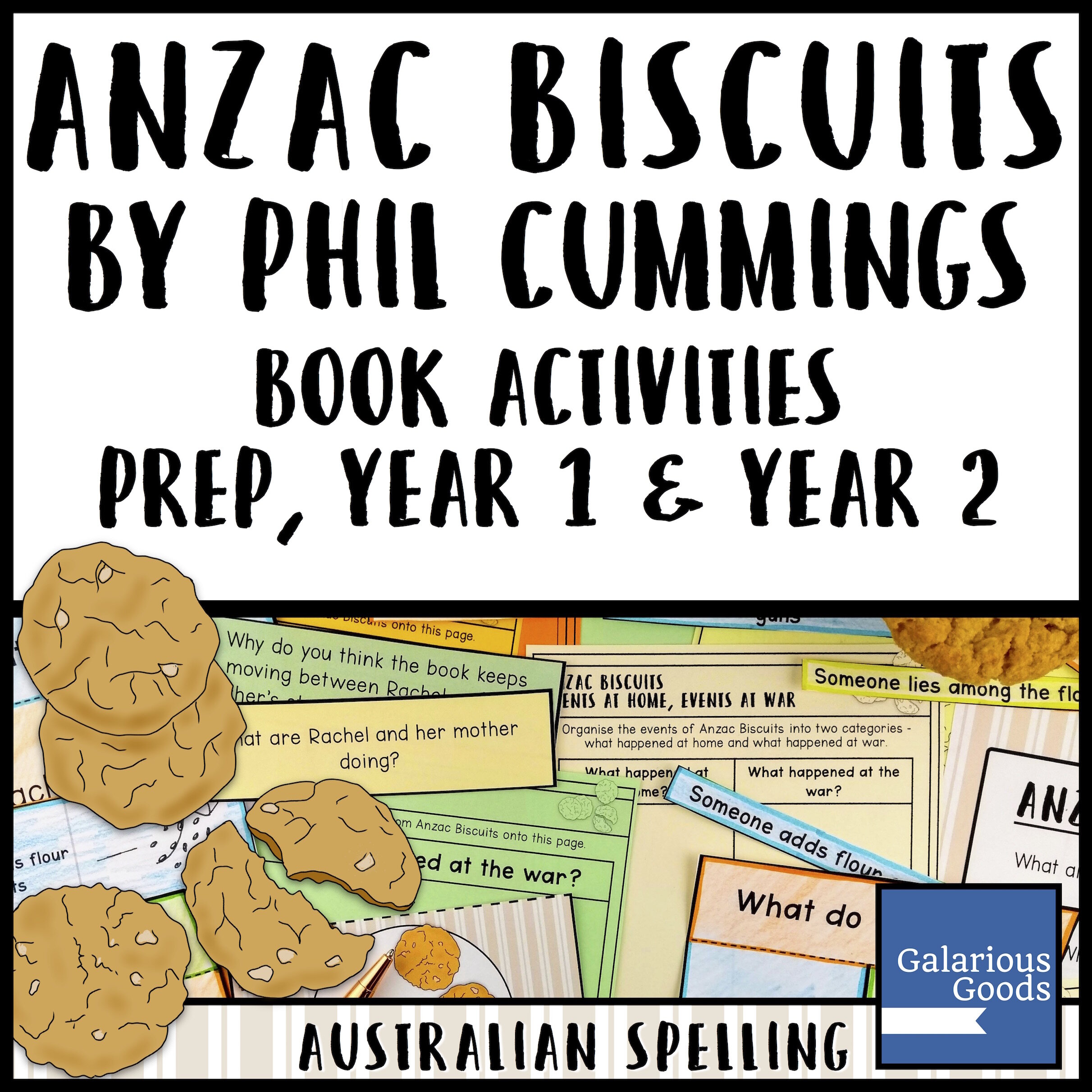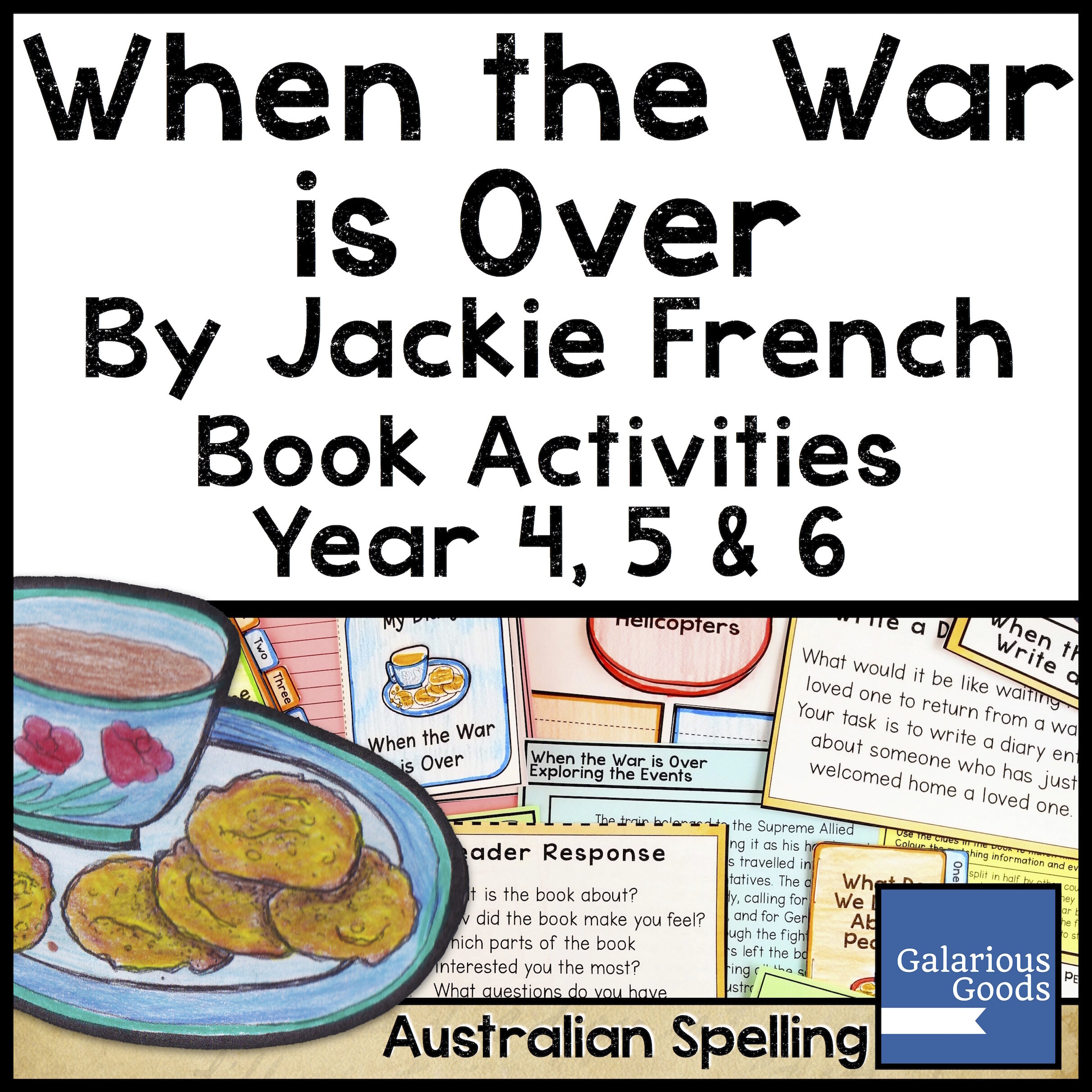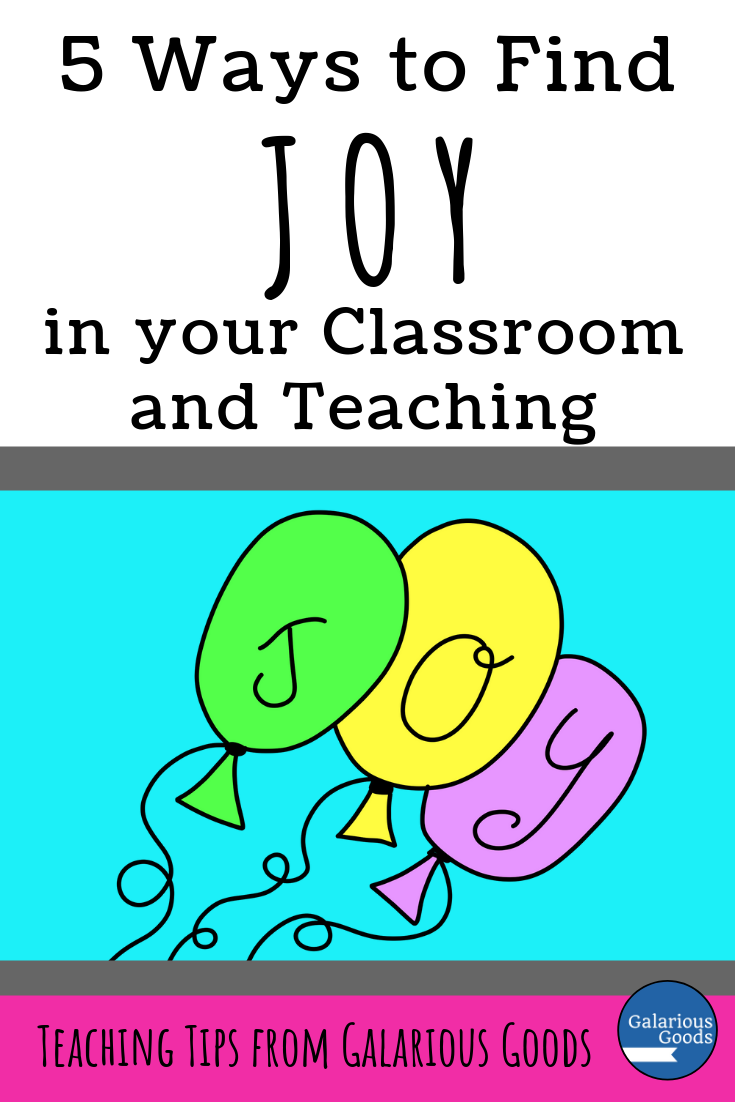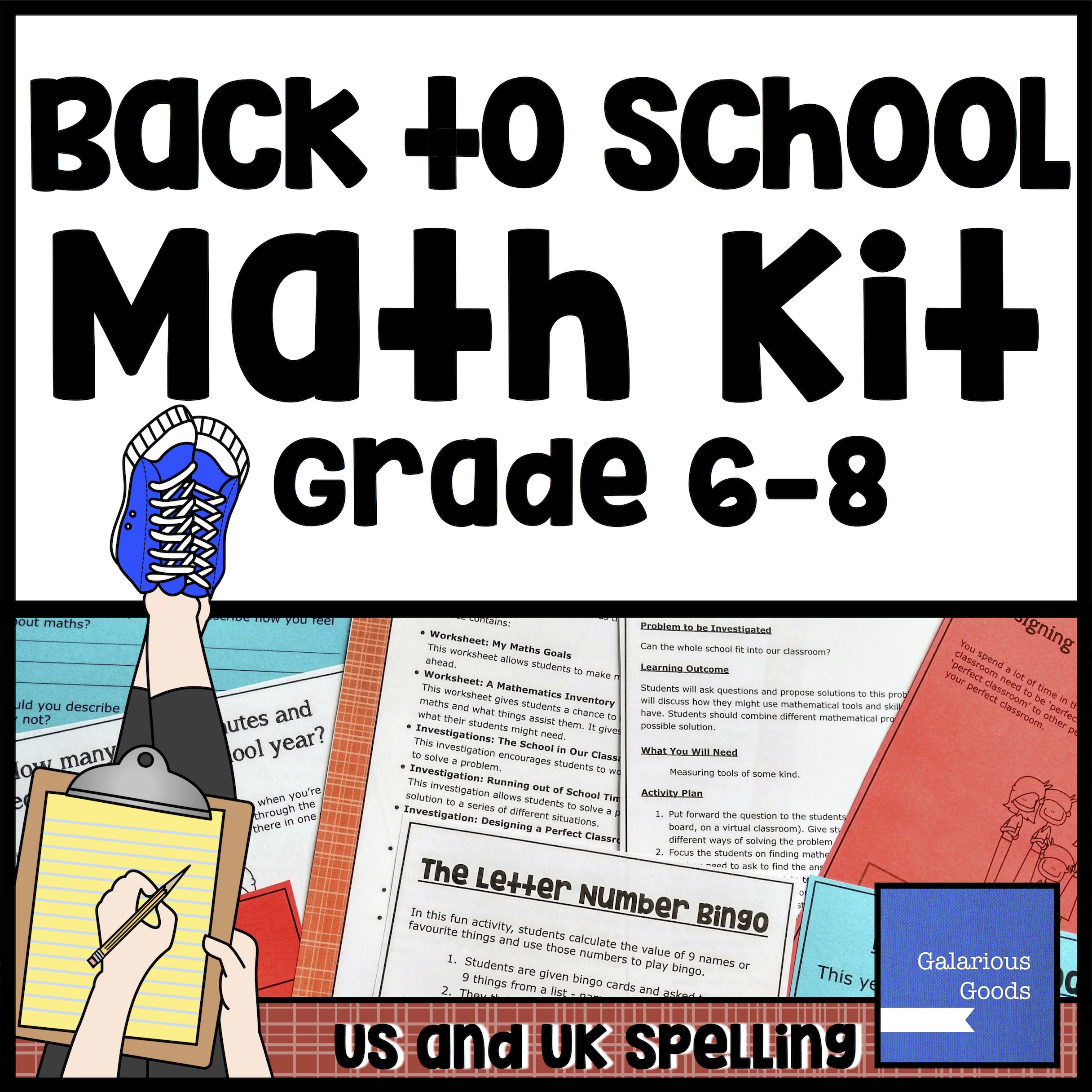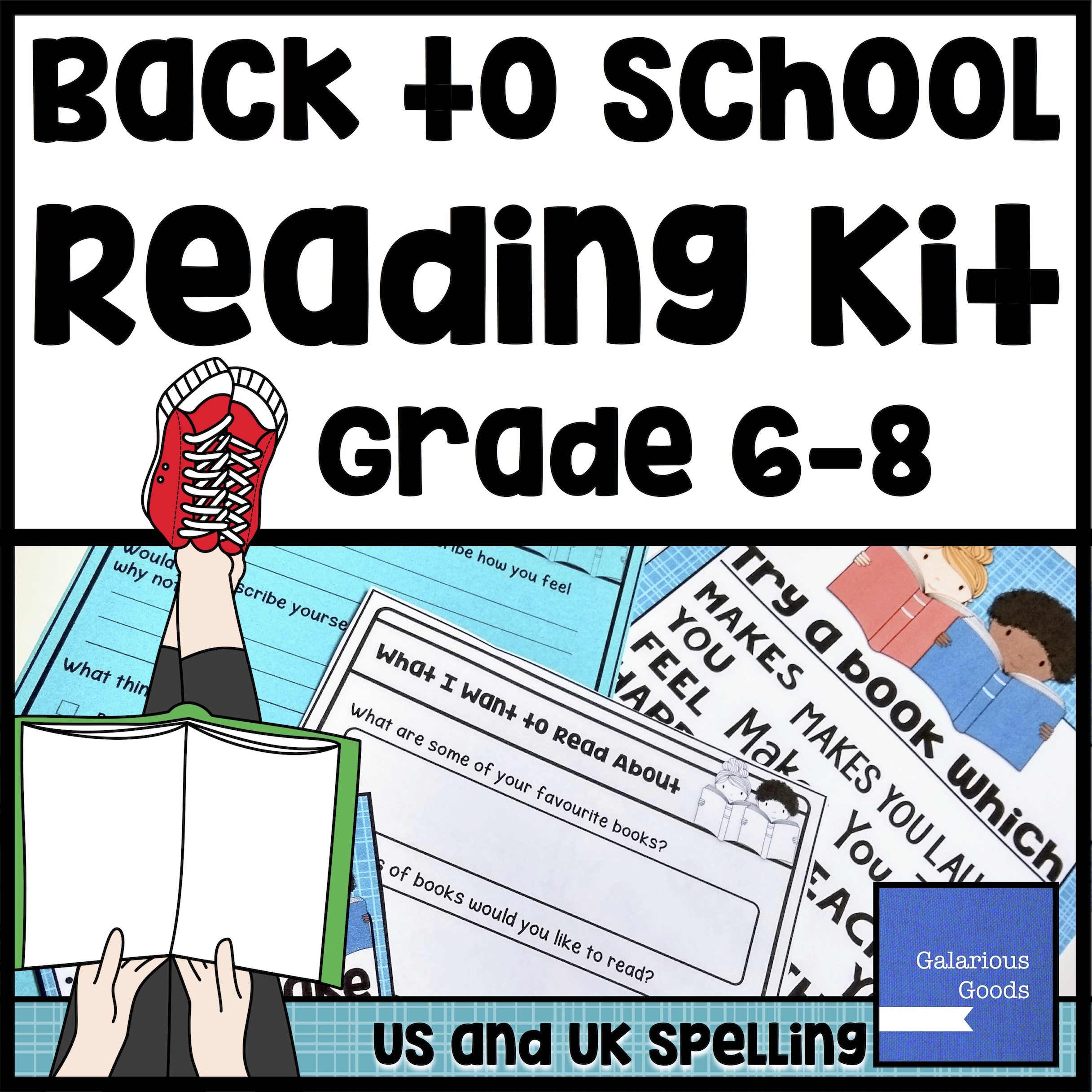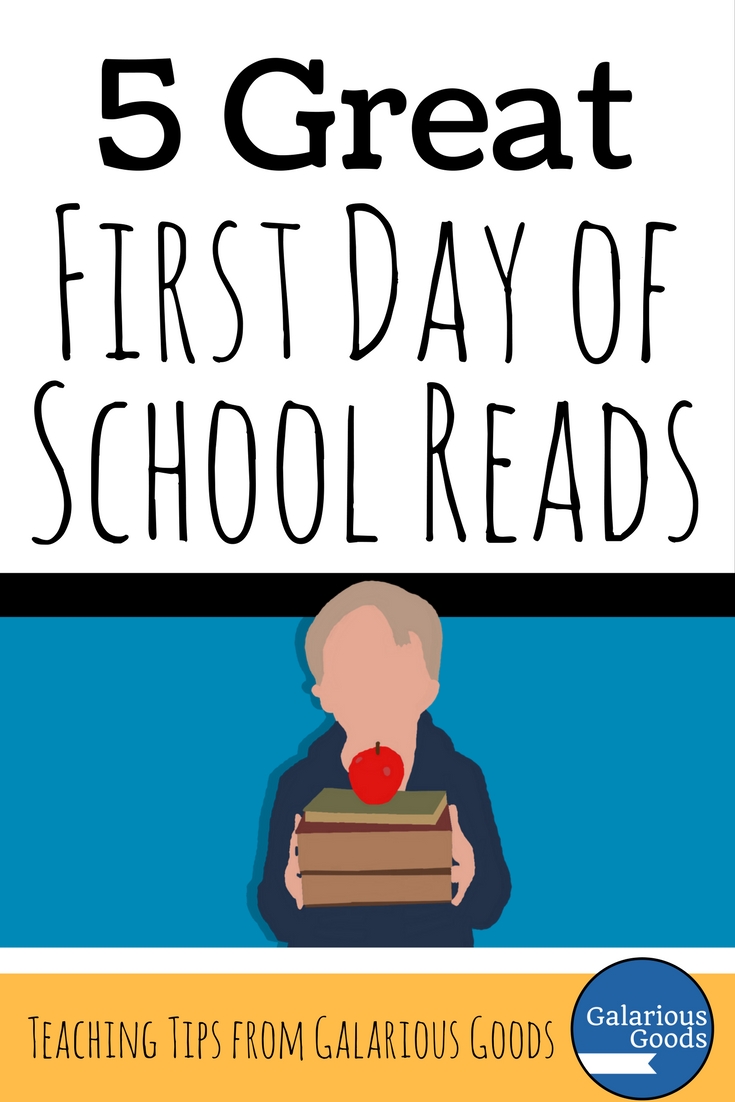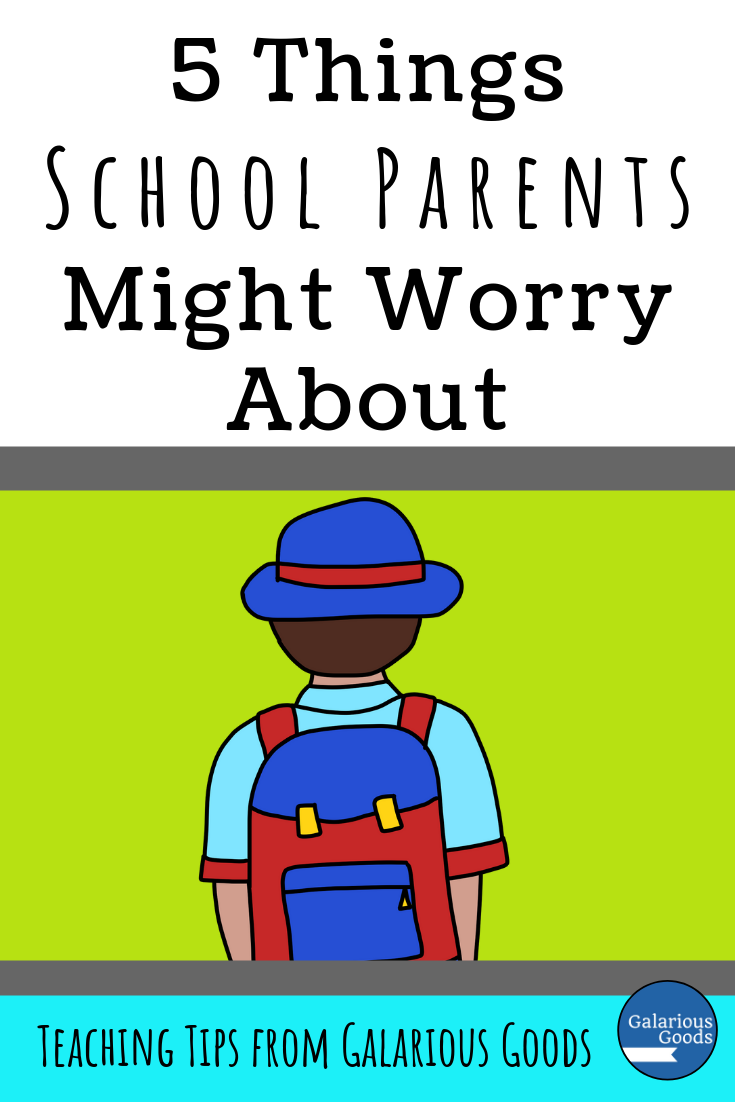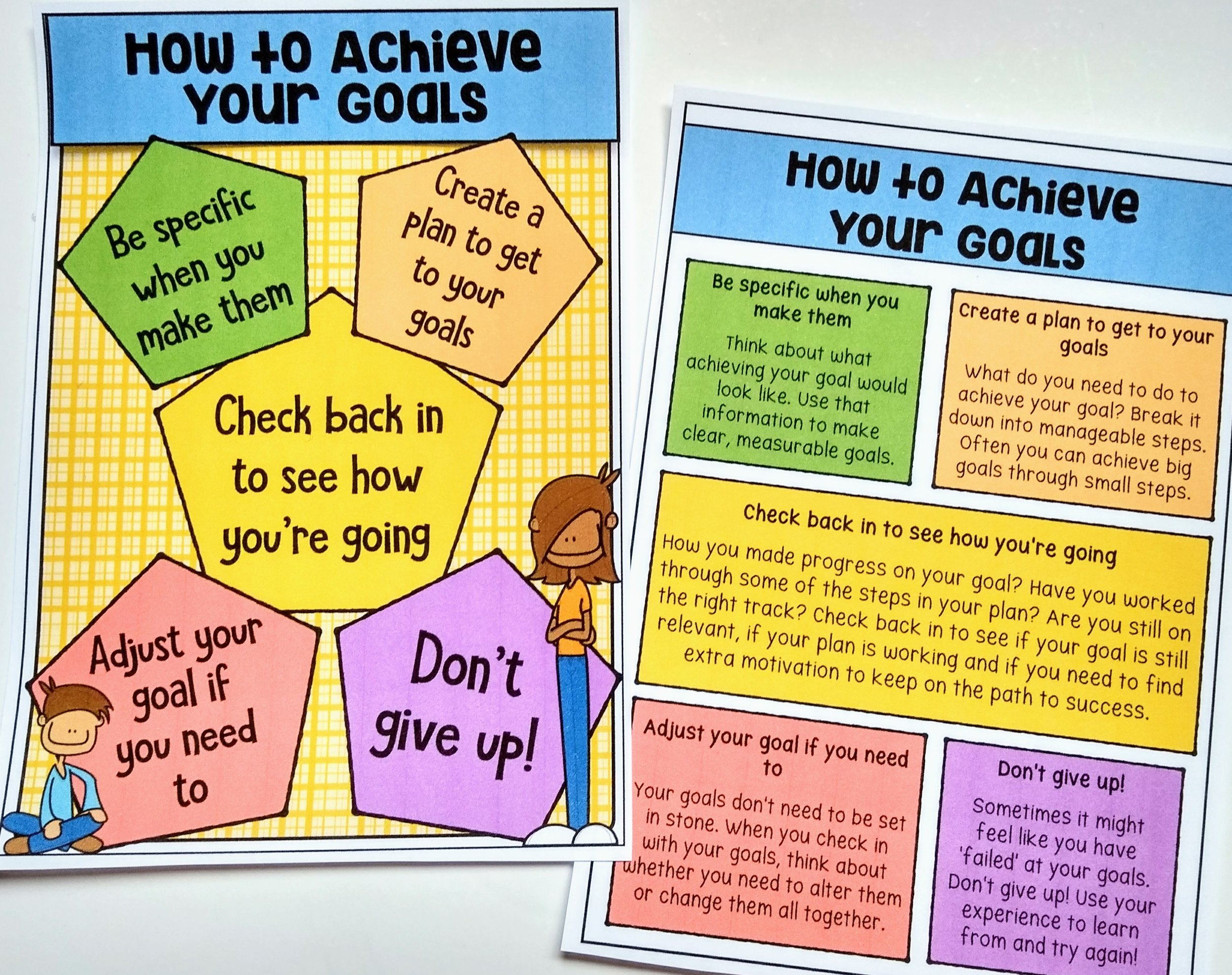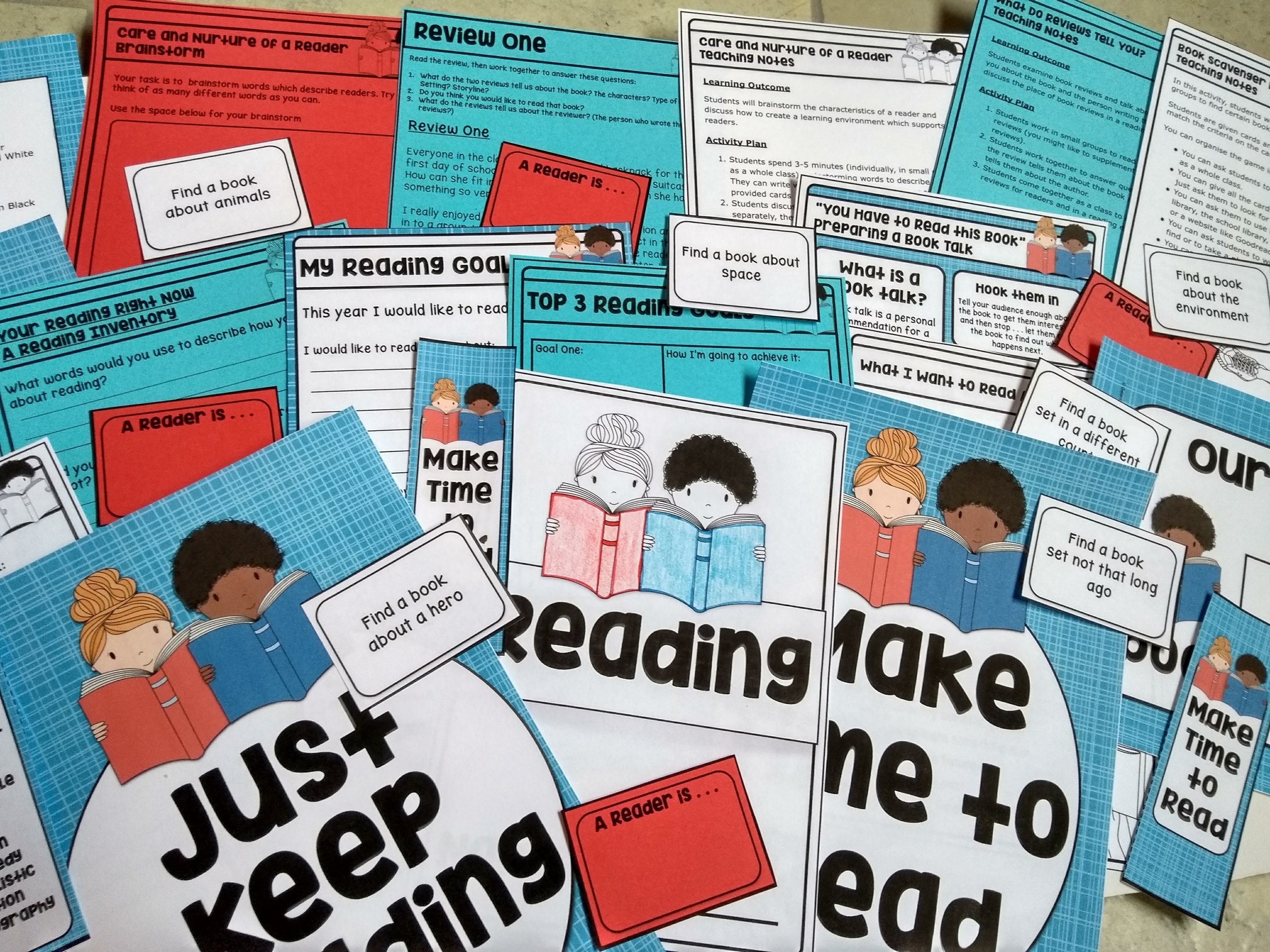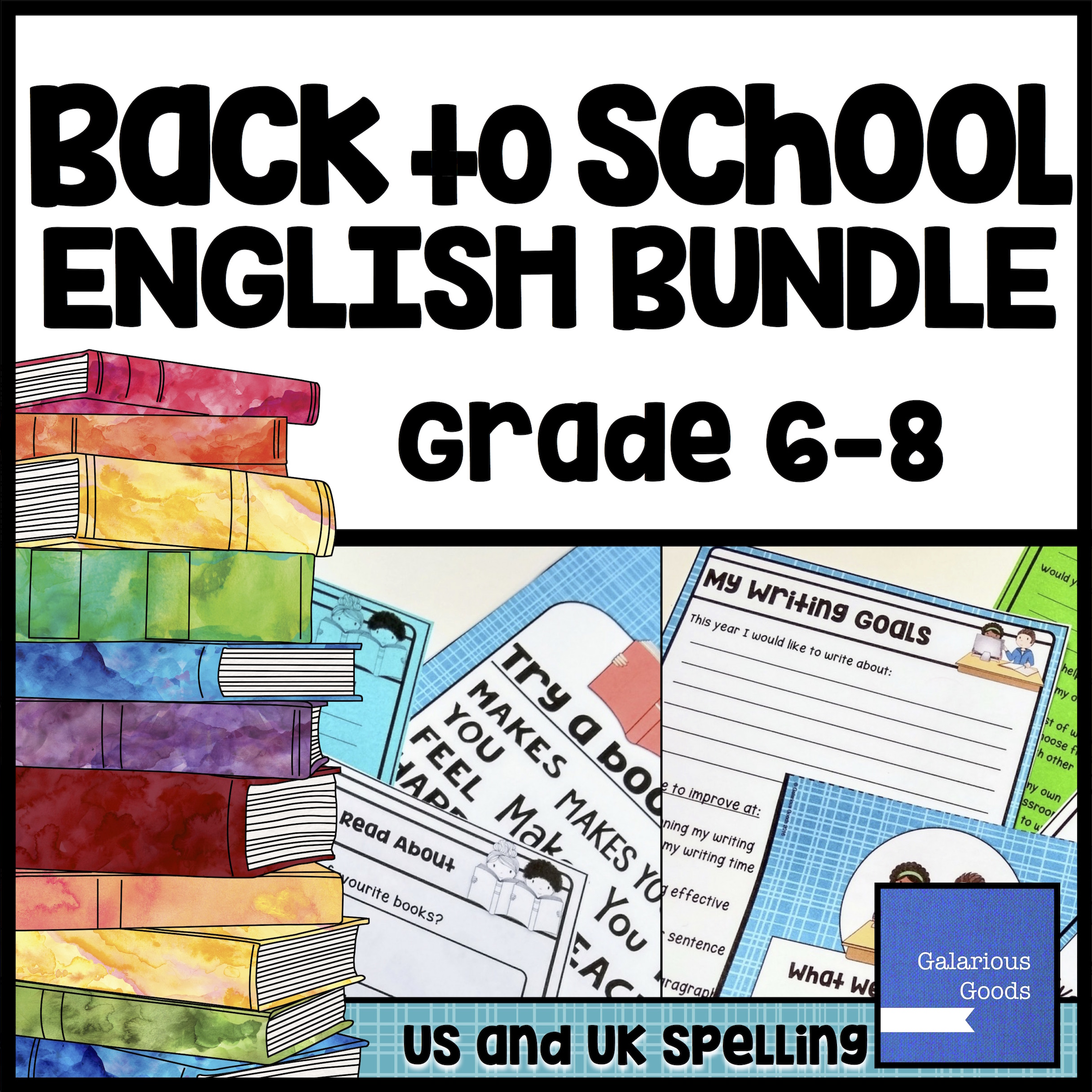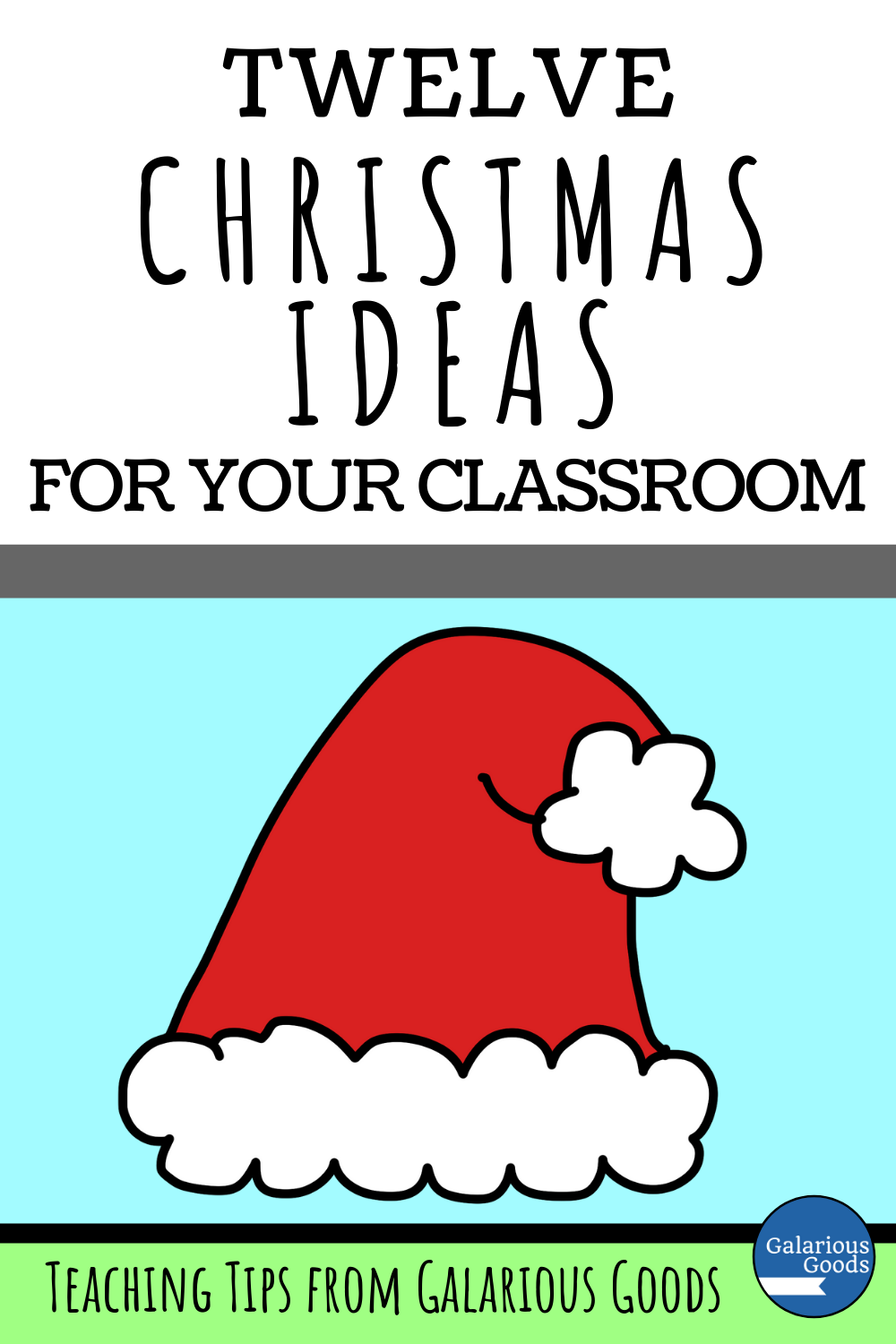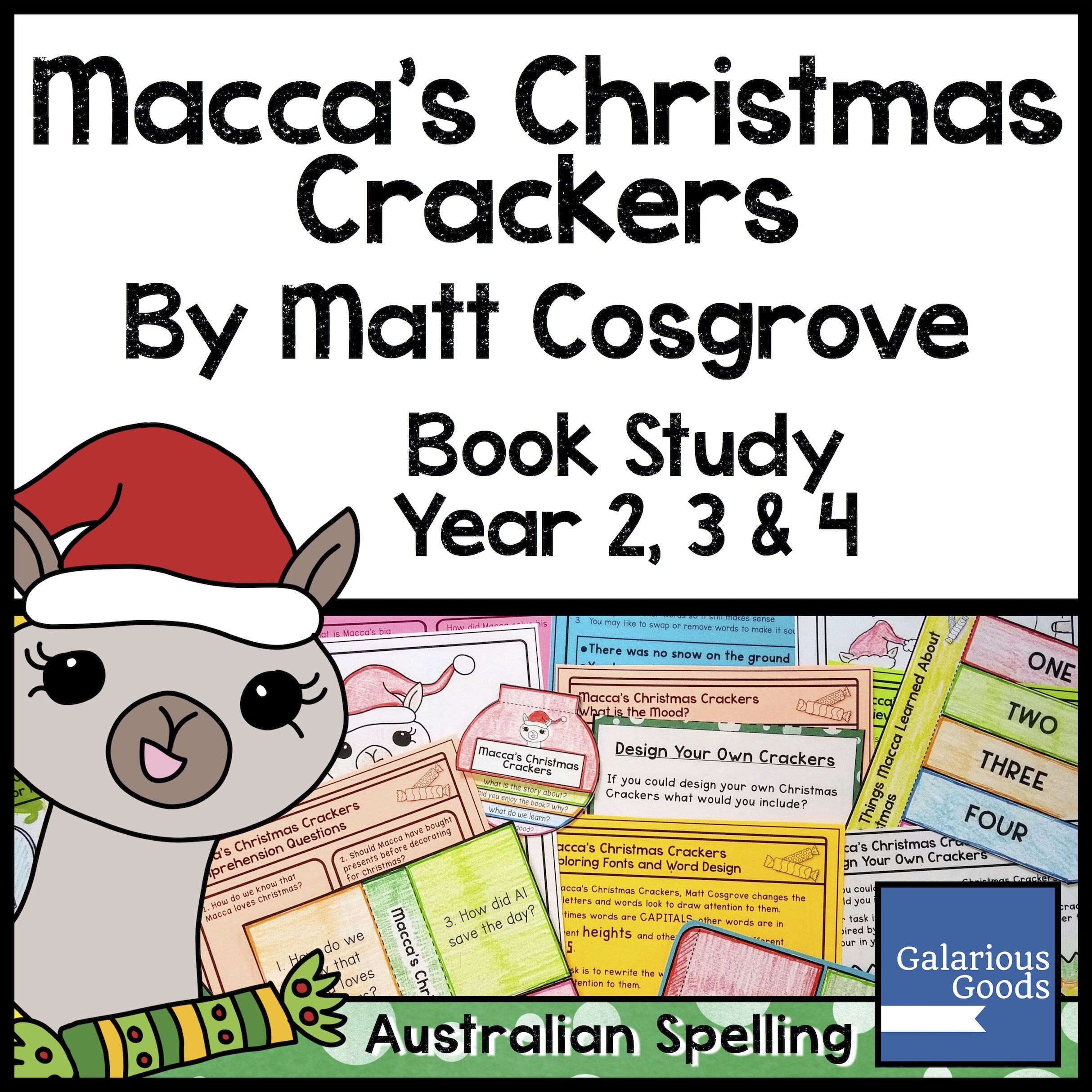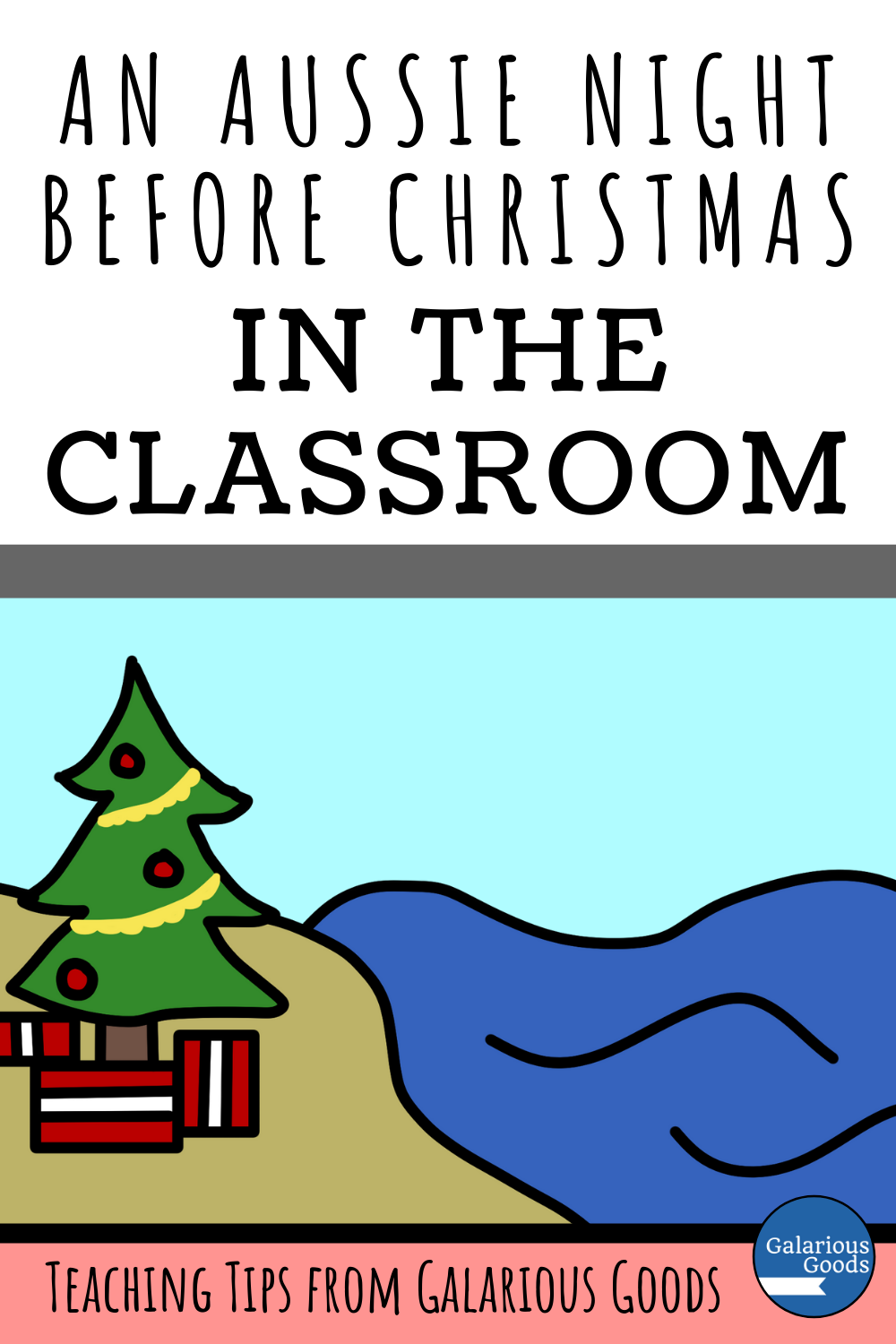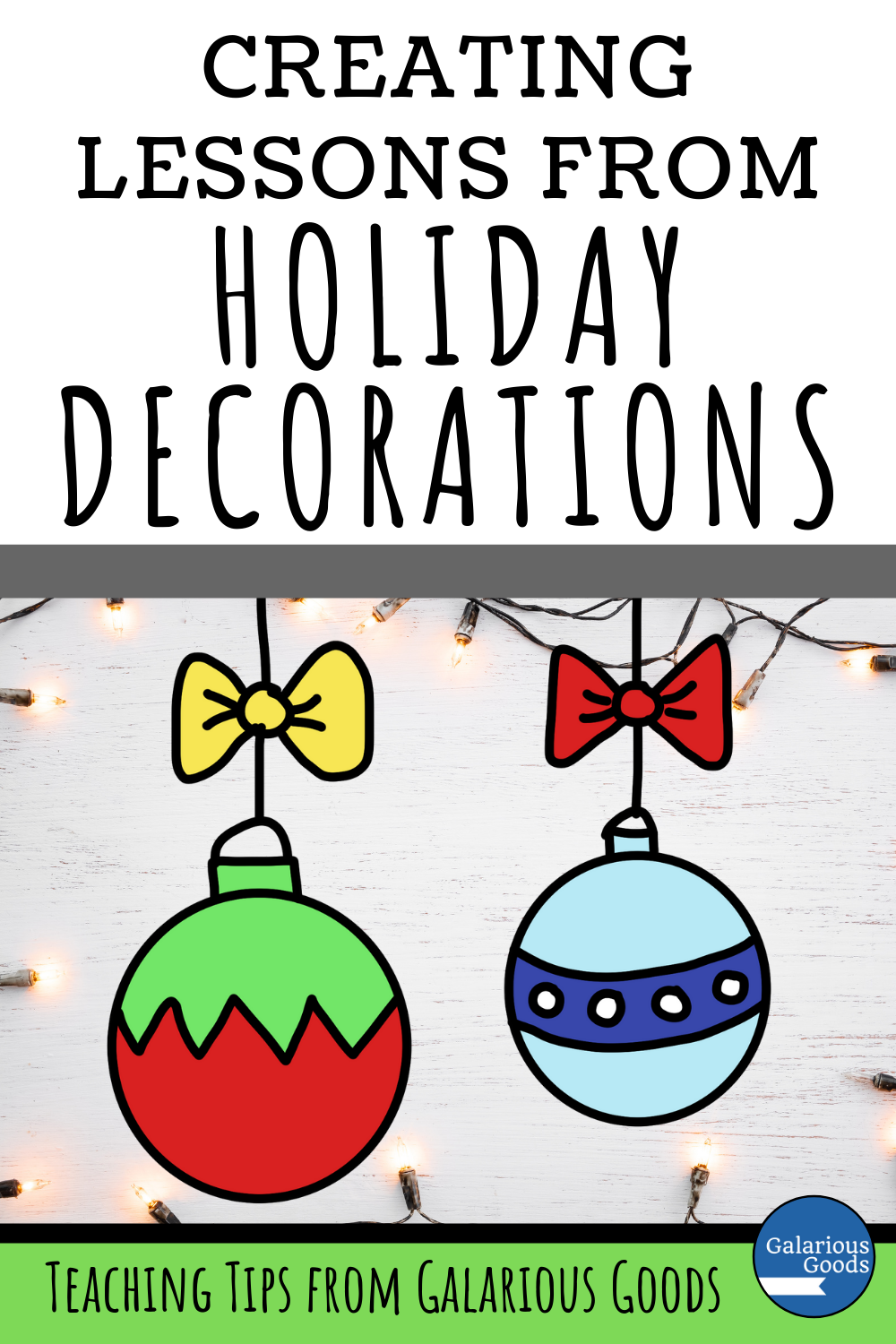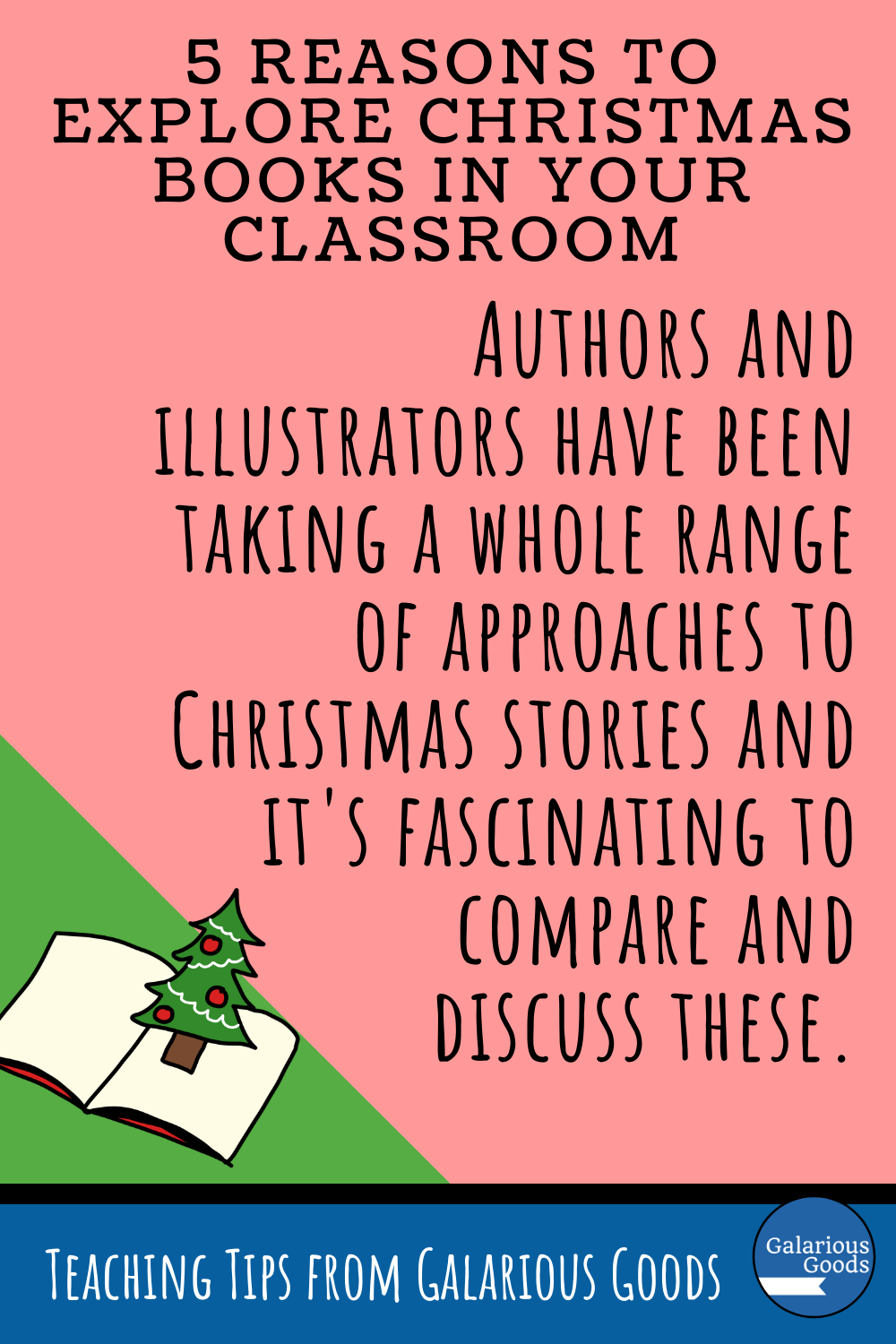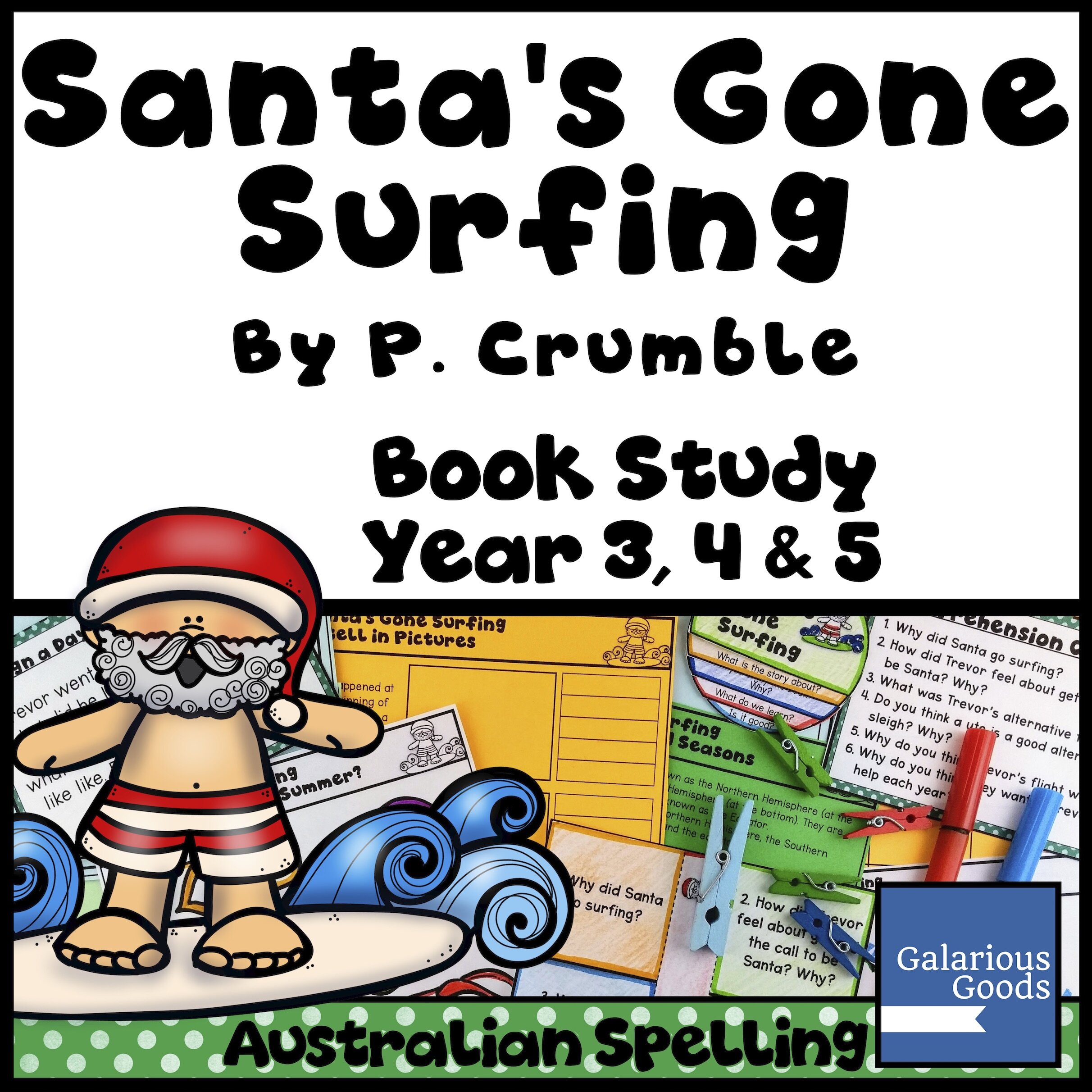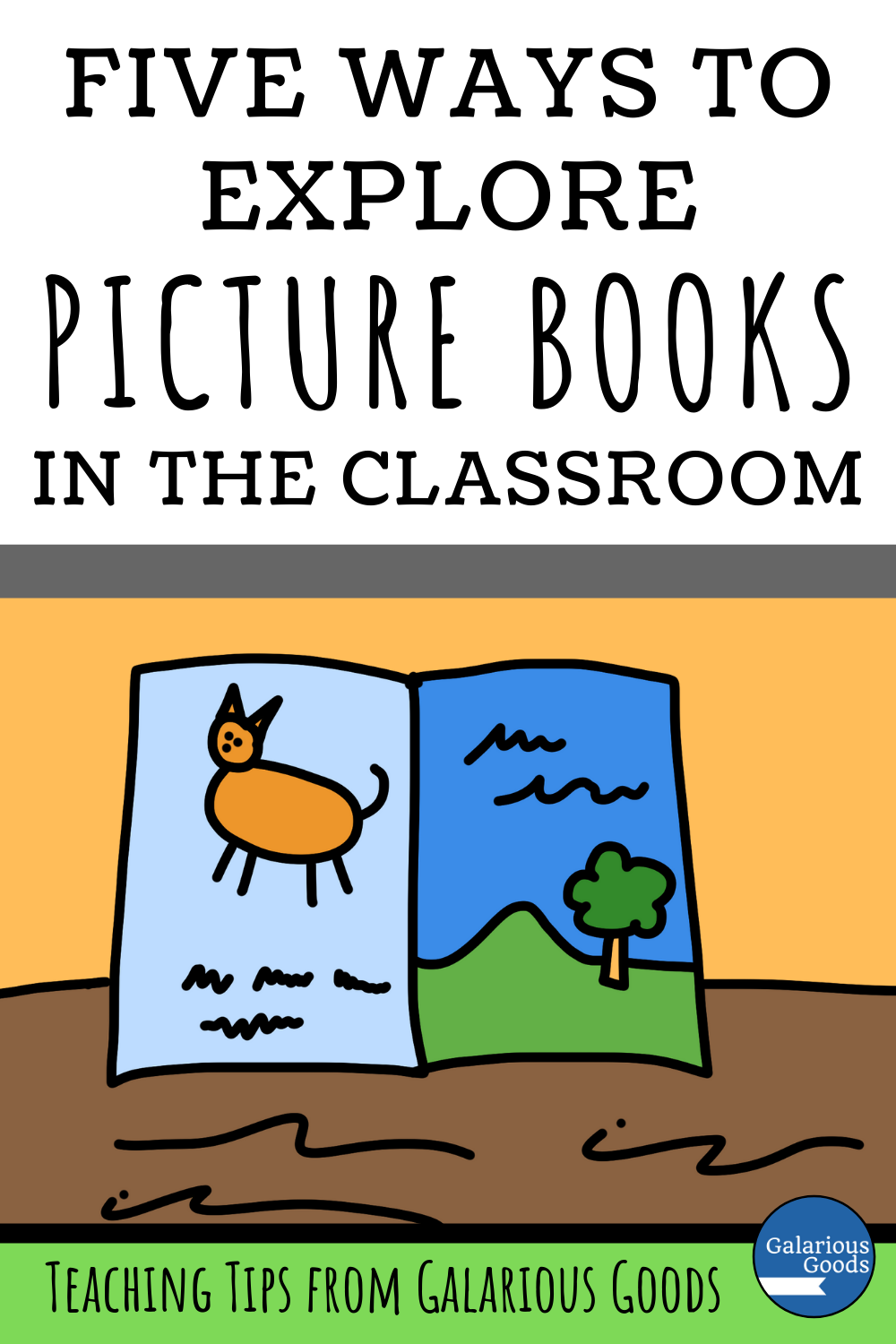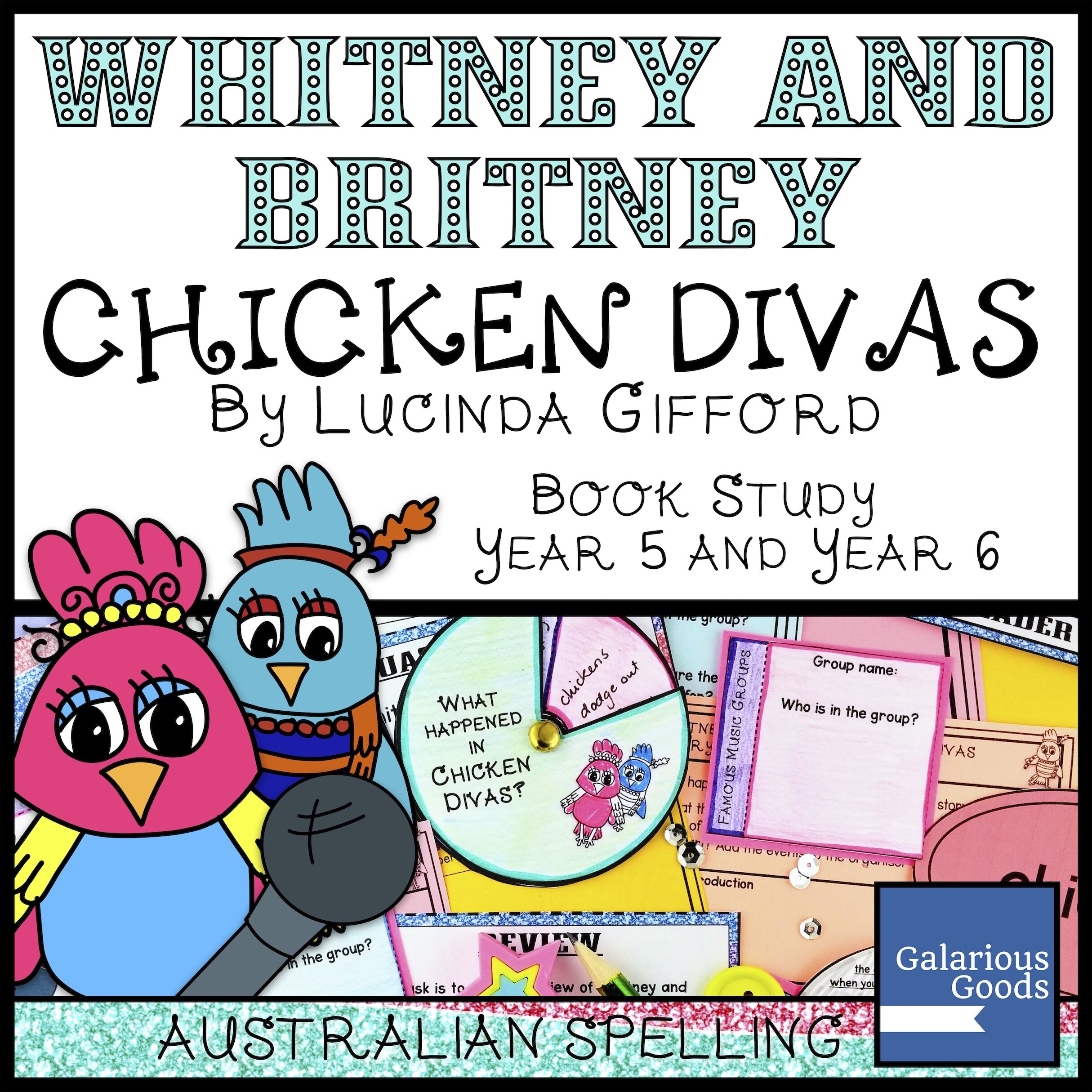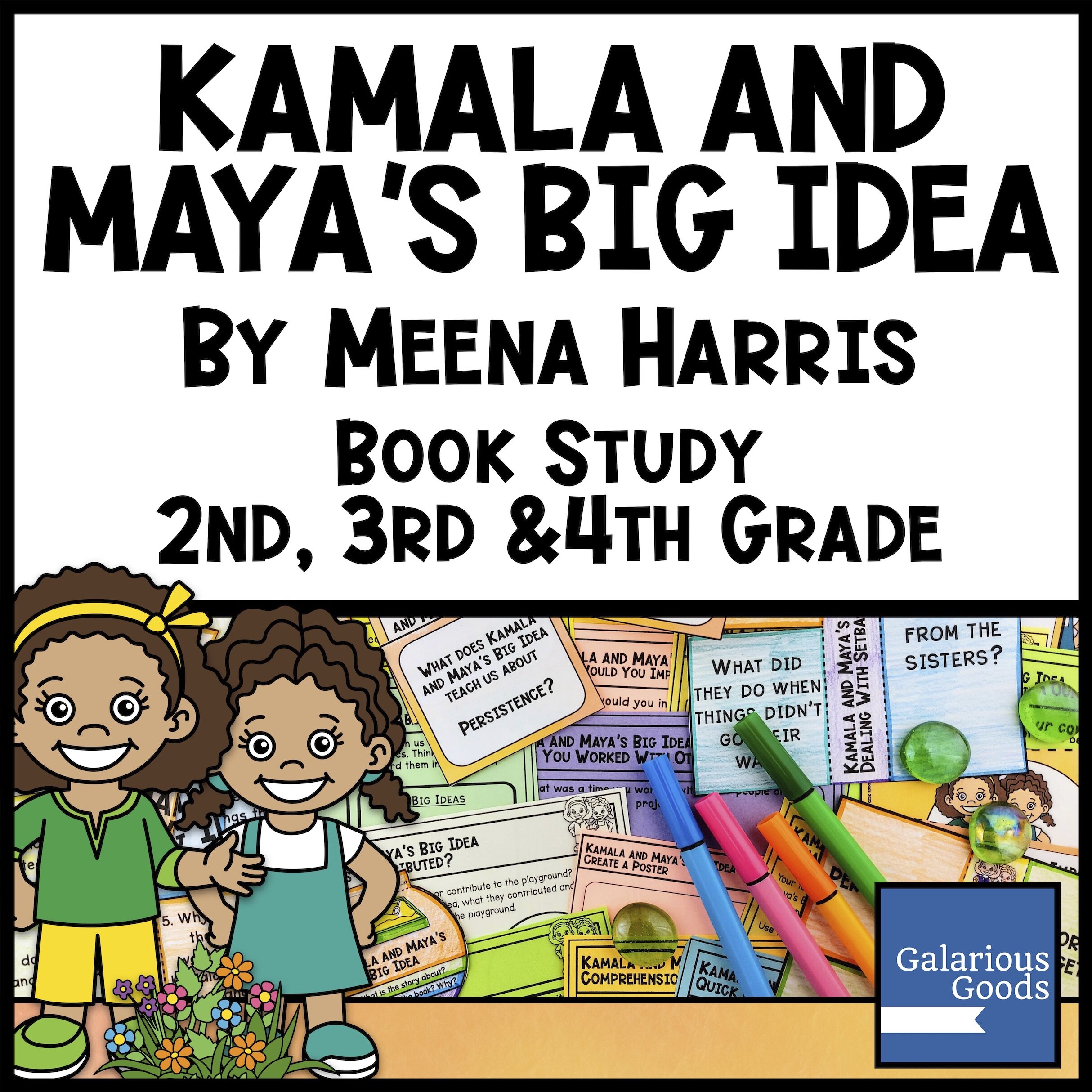Using I'm Australian Too in Upper Primary Classrooms
/You will find I'm Australian Too (by Mem Fox and Ronojoy Ghosh) in classrooms across the country. But while it has been celebrated as a book for younger children, I'm Australian Too can be used as a teaching tool with classroom activities well beyond the early years. This is an important book - a book that students of all ages can learn from.
I'm Australian Too introduces us to a wide range of children who live in Australia, exploring the history they and their family have with Australia and giving the reader a little insight into how they experience life in Australia. The story shows us that Australia has been a safe place for generations of immigrants and refugees, a place for those facing hardship and danger. And we can question whether we are honouring that legacy today.
There are a range of learning activities which can accompany this book, including
1. Discussing Australian Identity
I'm Australian Too shows the readers children who all consider themselves Australian, even if their family comes from other parts of the world. This is a great introduction to concepts of Australian identity, to explore what makes Australians Australian.
This is a particularly useful book for students to explore at those times of the year when we examine what it means to be Australian like Australia Day, Harmony Day and those times when Australians are involved in large international sporting competitions. These occasions often raise questions about Australian identity and this book gives students a starting place to work from to discuss these questions. Students can use I'm Australian Too as part of a discussion activity, exploring the text and illustrations to draw conclusions about what the author and illustrator believe. They can use these understandings from the text to shape and write their own belief statements, or compare and contrast with other books which look at Australian identity.
2. I'm Australian Too Character Postcards
There are a wide range of 'characters' in I'm Australian Too. The bright distinctive illustrations tell students additional information and allow them to draw conclusions. These conclusions and the illustration styles can then be combined as creative learning activities.
One option is for students to be inspired by the illustrations and characters to create a postcard which features one of the characters as well as a short piece of text about what it means to be Australian. They can touch on where the character family comes from, how it feels to be Australian, the atmosphere of Australian places or participation in Australian past times.
The postcard is a useful tool when students are trying to summarise their thoughts since they are restricted in space - therefore are restricted in how much they can say. This allows them to keep their character reflections succinct and to the point.
Students can then expand on this by creating a postcard which reflects their own experiences and understandings of what it means to be Australian.
Interested in creating your own postcards? Get the free folding template here.
3. Create a Character Diagram
The wide range of characters and their different backgrounds in I'm Australian Too also allows for visual comparisons. Students can combine text, shapes, arrows and lines to show different characters and how they are alike or different or connected.
Students might also like to explore how they can create different styles of diagrams to show different types of information. Students can then apply this knowledge of diagrams and organisers as they explore other books and novels.


